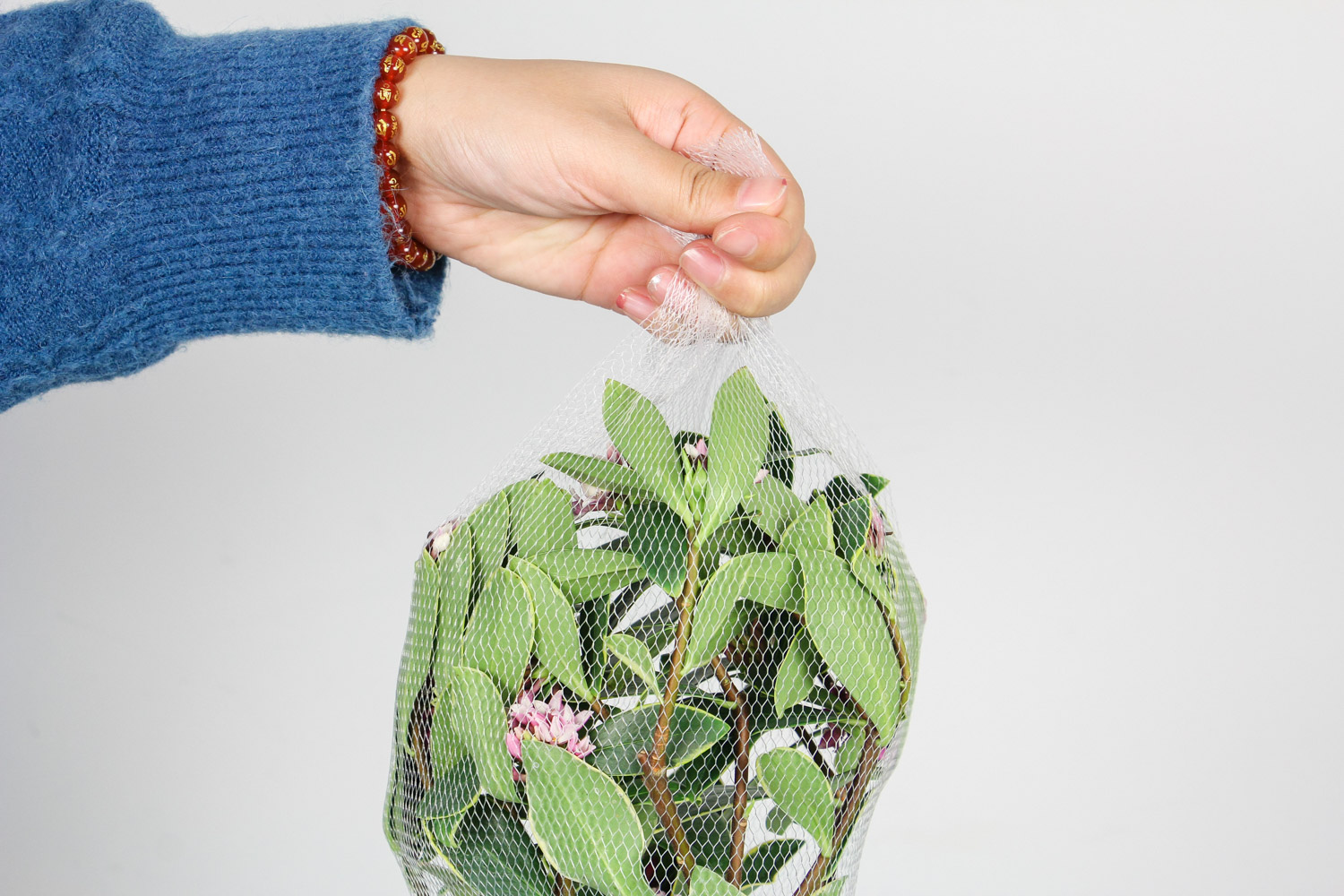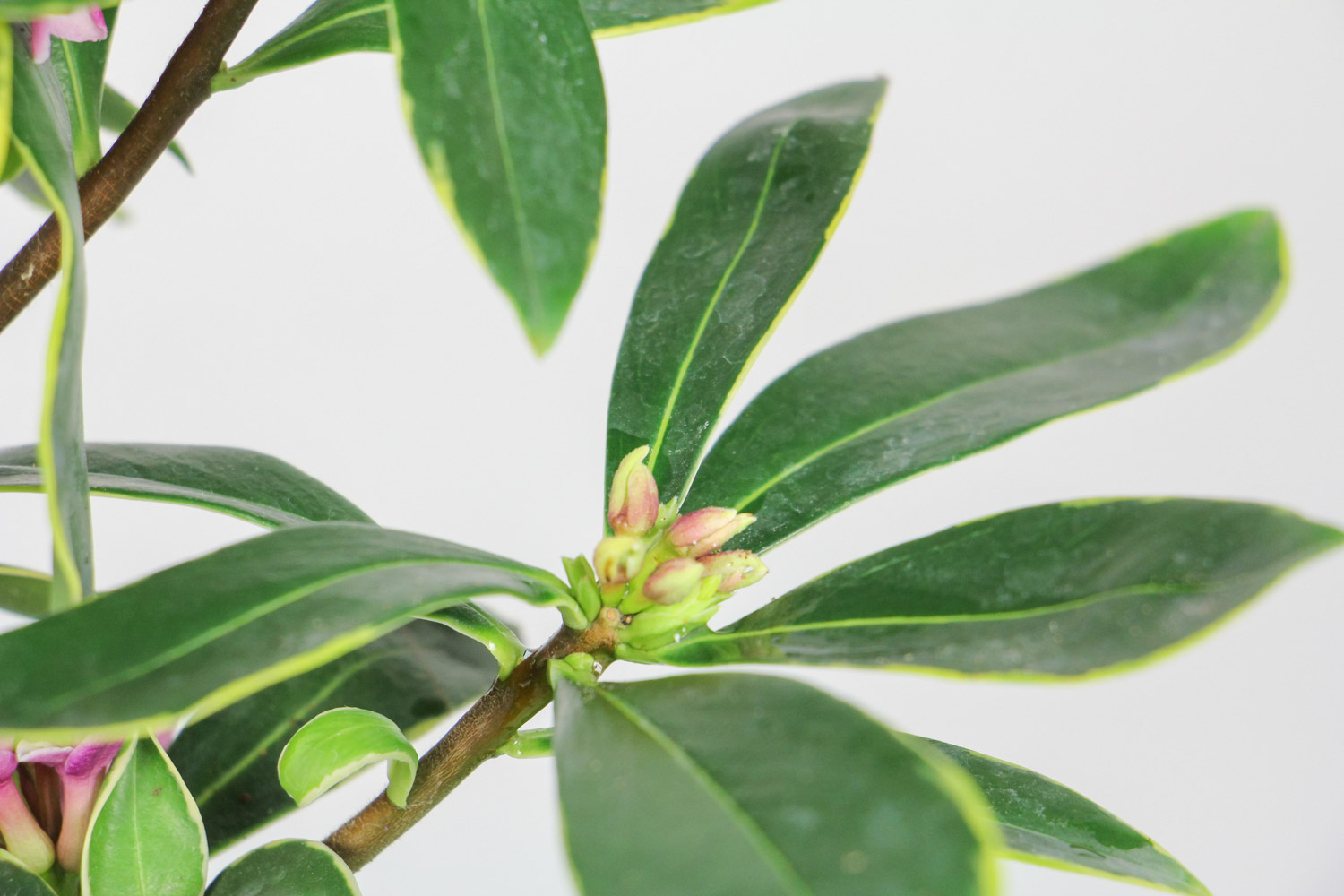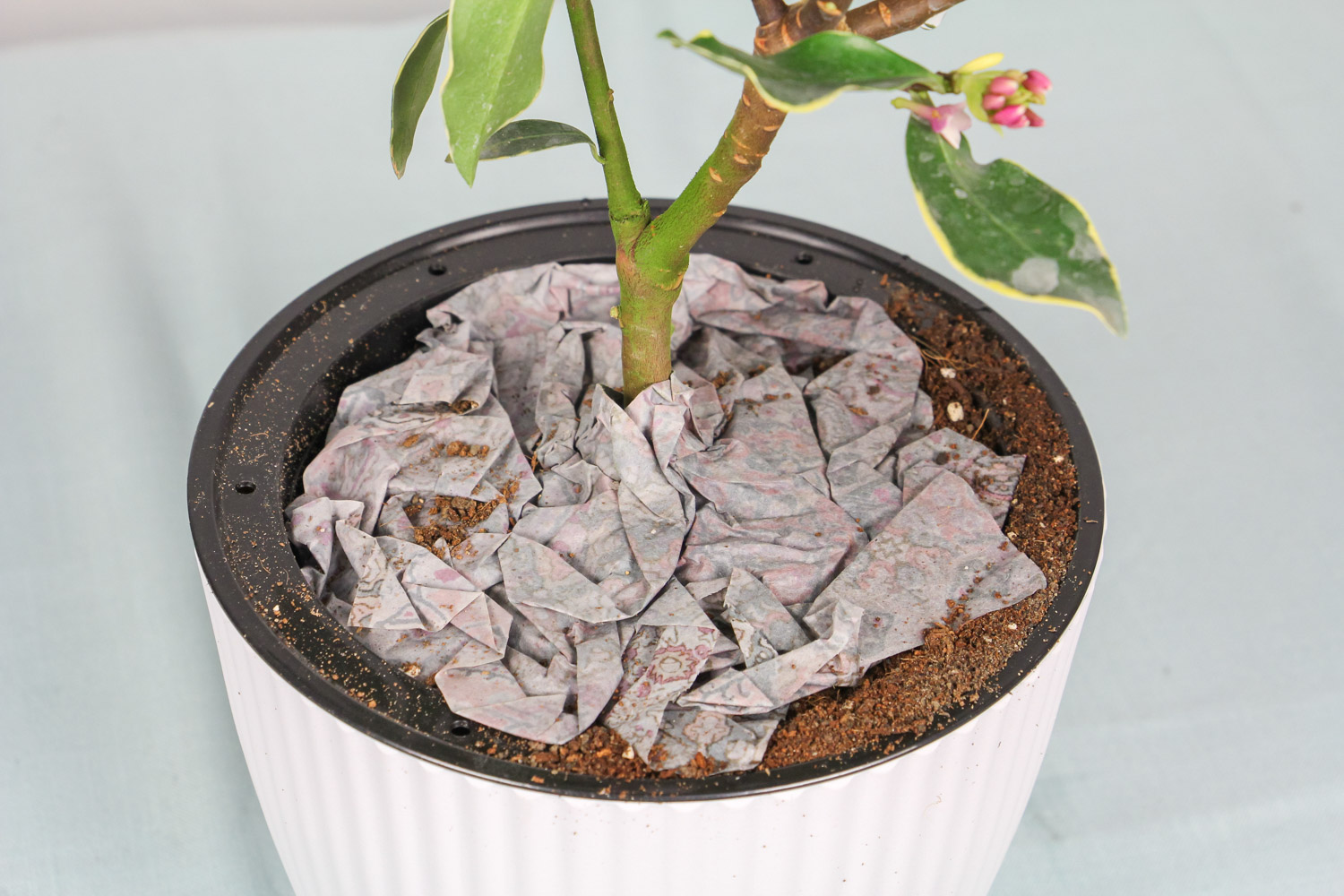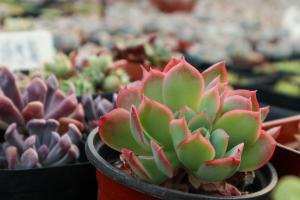1、 Temperature control and insulation
The cold resistance of Daphne odora is not very high. The temperature is low in winter. We must pay attention to temperature control. After winter, move it indoors in time. The indoor temperature should be adjusted at about 8 degrees, and the minimum should be more than 5 degrees, otherwise it is easy to be frostbitten

2、 More sun
It likes sunshine very much, and the light in winter is very mild. It can move to a place with enough light to bask in the sun. Sufficient light can improve the temperature of the plant and is also beneficial to its accumulation of nutrients, which can promote better growth and flowering in the coming year
3、 Proper water control
The temperature is low in winter, and the water in the soil evaporates very slowly. The amount of watering must be controlled. If the basin soil is not dry, it can not be watered. When the soil is dry, spray water appropriately and water a small amount. If the soil is wet for a long time, it is easy to be frostbitten, freeze the root system, or rotten roots

4、 Stop fertilizer in time
Before winter, an appropriate amount of diluted fertilizer can be applied to improve its cold resistance and ensure the nutrient demand of the whole winter. However, fertilizer should be stopped after winter, and should not be applied again, otherwise it will bring fertilizer damage, burn roots and easily lead to plant death
5、 More ventilation
Most of them are maintained indoors in winter, and few people open windows, but this environment is extremely unfavorable to its growth and easy to be infected with diseases and pests. It is necessary to ventilate properly when the temperature is high at noon


 how many times do yo...
how many times do yo... how many planted tre...
how many planted tre... how many pine trees ...
how many pine trees ... how many pecan trees...
how many pecan trees... how many plants comp...
how many plants comp... how many plants can ...
how many plants can ... how many plants and ...
how many plants and ... how many pepper plan...
how many pepper plan...































